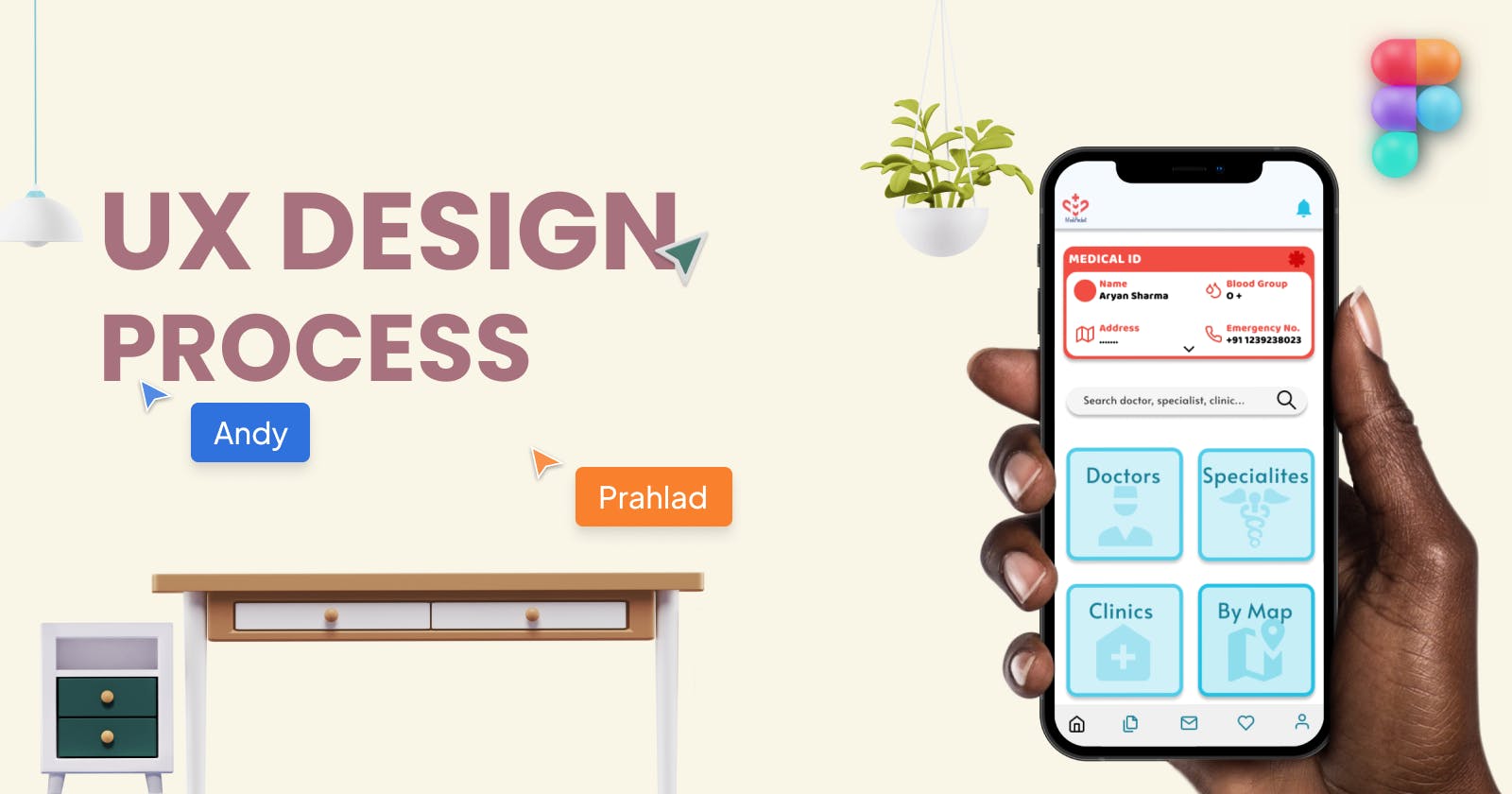The UX Design Process
Throughout the process, UX designers work closely with stakeholders, developers, and users to create a product that meets their needs and delivers a seamless experience. The process may also include iterations and refinements based on user testing and feedback.

Discover
Define
Ideate
Prototype
Test & Refine
Discover Phase
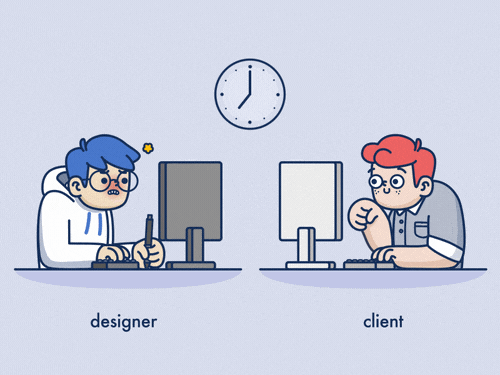
The Discover phase is an important step in the UX design process, where designers gather information about the users, their needs, behaviors, and pain points. The goal of this phase is to gain a deep understanding of the target audience to inform the design process.
The following are some common methods used in the Discover phase:
User Interviews: Conducting in-person or remote interviews with real users to gather their perspectives and feedback.
Surveys: Sending out online surveys to gather quantitative data about the user's needs and behaviors.
User Personas: Creating fictional characters that represent the target audience, including their goals, pain points, and behaviors.
Contextual Inquiry: Observing users in their natural environment to understand their context and how they use the product.
Usability Testing: Conducting in-person or remote testing sessions with real users to observe and gather feedback on their interactions with the product.
The Discover phase is a crucial step in creating a user-centered product, as it provides a deep understanding of the target audience and informs the design process. It is an iterative process, where designers may make multiple rounds of research to gather more in-depth insights into the user experience.
Define Phase
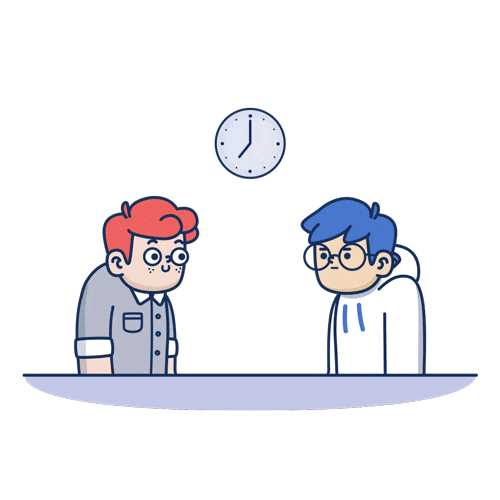
The Define phase is a crucial step in the UX design process, where designers set the direction for the product by defining its strategy and creating a design brief. The goal of this phase is to understand the user's needs, goals, behaviors, and pain points, and use that information to guide the design process.
The following are some common methods used in the Define phase:
User Research: Conducting research to gather information about the users, including their needs, goals, behaviors, and pain points.
Competitor Analysis: Analyzing the strengths and weaknesses of competitor products to inform the design strategy.
Customer Journey Mapping: Creating a visual representation of the user's journey with the product, including their interactions and experiences.
Design Brief: Creating a document that outlines the product strategy and goals, the target audience, and the design constraints.
The Define phase is an important step in creating a user-centered product that meets the needs of the target audience. It provides a solid foundation for the rest of the design process and helps to ensure that the product is aligned with the business goals and user needs.
Ideate Phase
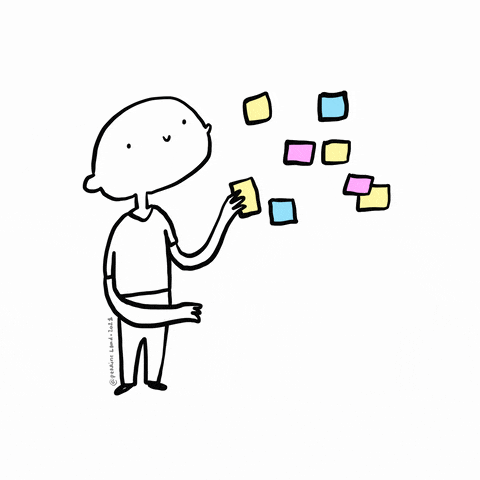
The Ideate phase is an important step in the UX design process where designers generate a wide range of ideas and concepts for the product. The goal of this phase is to come up with as many possible solutions as possible, regardless of their feasibility or practicality.
The following are some common methods used in the Ideate phase:
Brainstorming: A group activity where designers and stakeholders come together to generate ideas and concepts.
Sketching: Creating quick, low-fidelity drawings to explore and visualize different design concepts.
Mind Mapping: Creating visual diagrams that help to organize and connect ideas.
Role-Playing: Acting out different scenarios to understand the user's needs and experience.
Prototyping: Creating simple or detailed prototypes to explore and test different design concepts.
The Ideate phase is a crucial step in the design process as it allows designers to explore a wide range of possibilities and come up with innovative solutions. It is also a collaborative process, where designers can work with stakeholders and subject matter experts to bring different perspectives and ideas to the table.
Prototype Phase
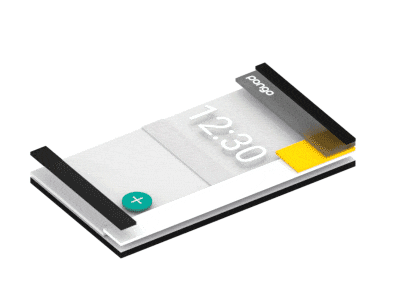
The prototyping phase of the UX design process involves creating a representation of the design solution to test and validate ideas with users. During this phase, designers create low to high-fidelity prototypes, which range from simple sketches or wireframes to interactive prototypes that closely resemble the final product.
The following are some of the common types of prototypes used in UX design:
Paper Prototypes: Quick, low-fidelity sketches that provide a basic visual representation of the product.
Wireframes: Simple, black and white sketches that outline the structure, layout, and content of the product.
Interactive Wireframes: Wireframes with basic interactive elements, such as buttons and links, to test user flow and navigation.
High-Fidelity Prototypes: Detailed, interactive models that closely represent the final product, including visual design, animation, and interactivity.
The prototype phase allows designers to test and validate design concepts and make refinements before moving on to the development phase. It also provides a way for stakeholders and users to see and interact with the product, giving valuable feedback and insights into the user experience.
Test & Refine Phase
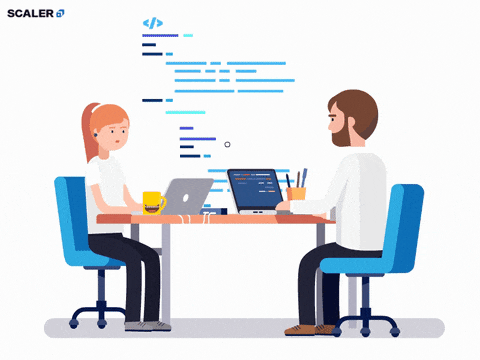
The Test & Refine phase is an important part of the UX design process, where designers test the product with real users to gather feedback and make improvements. The goal of this phase is to validate design decisions and identify any usability or accessibility issues.
The following are some common methods used in the Test & Refine phase:
User Testing: Conducting in-person or remote testing sessions with real users to observe and gather feedback on their interactions with the product.
A/B Testing: Comparing two or more variations of a design to determine which one is more effective.
Heuristic Evaluation: Conducting an expert review of the product to identify usability issues and opportunities for improvement.
Analytics: Analyzing usage data to identify patterns and insights into the user experience.
The Test & Refine phase is an iterative process, where designers may make multiple rounds of improvements based on user feedback and testing results. It is an important step in creating a user-centered product that delivers a seamless and enjoyable experience.
Follow for more
Linkedin: https://www.linkedin.com/in/prahladinala/
Github: https://github.com/prahladinala/
Instagram: https://instagram.com/prahlad.inala/
Twitter: https://twitter.com/prahladinala
Figma Community: https://www.figma.com/@prahladinala
Dribbble: https://dribbble.com/prahladinala
Behance: https://www.behance.net/prahladinala
Personal Portfolio: https://prahladinala.in
ToolMate: https://toolmate.co.in

